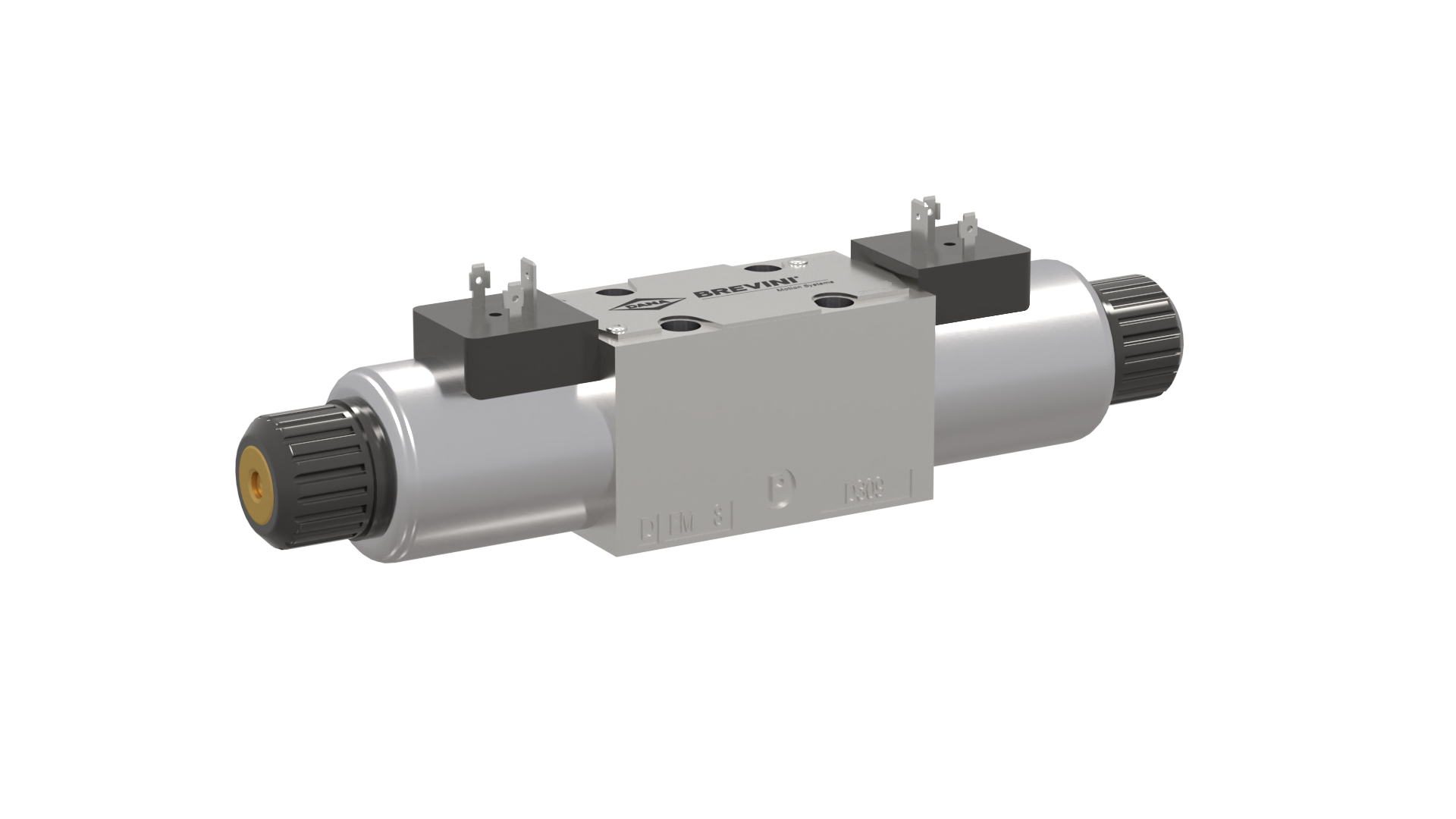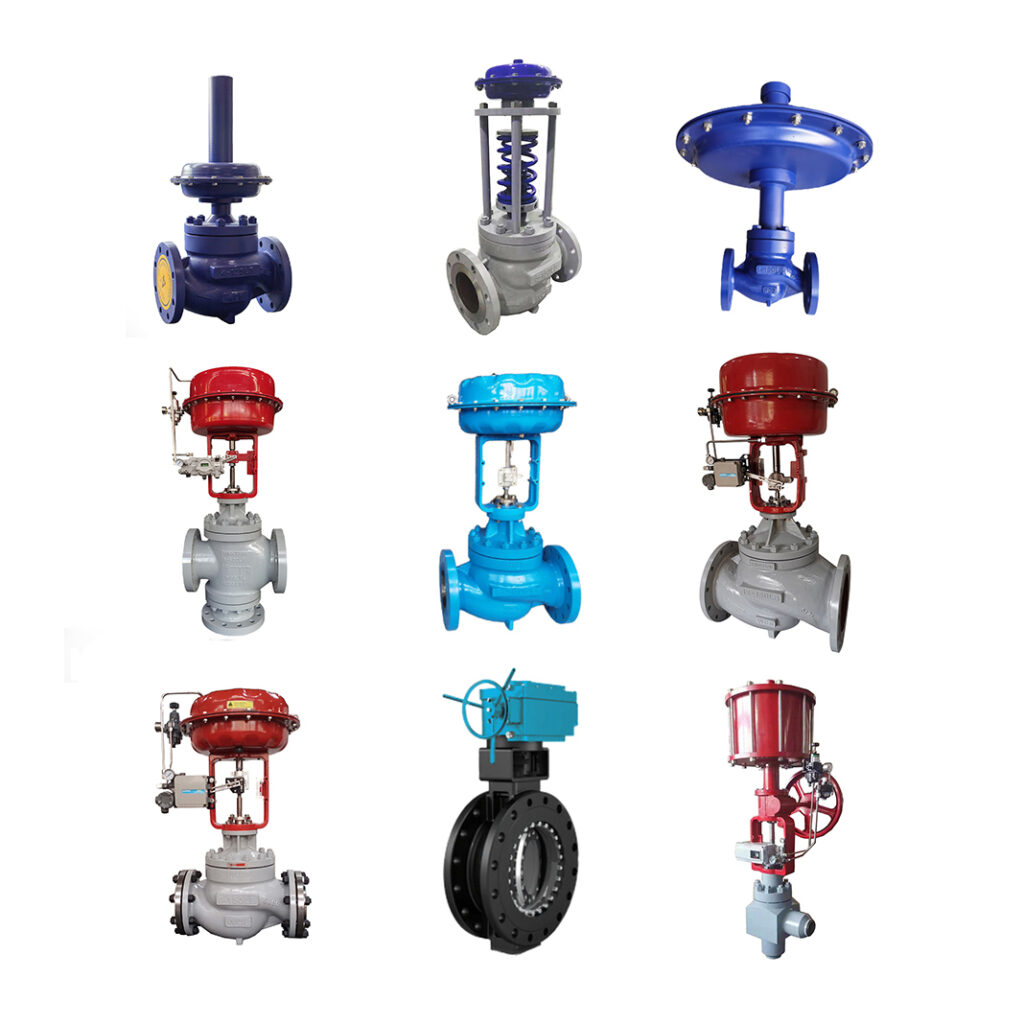
Maximize Energy Savings and Comfort With Advanced Building Automation Controls
In the world of contemporary design and facility monitoring, the combination of innovative structure automation regulates stands as a critical improvement. By utilizing the power of automation, buildings can adapt, respond, and evolve in means that were as soon as unthinkable.
Energy Efficiency Benefits
Power performance benefits can significantly decrease power consumption and functional costs in buildings. Energy-efficient systems, such as innovative building automation controls, can enhance the use of sources like lighting, home heating, and air conditioning, leading to lower energy expenditures over time.
Moreover, enhanced energy performance can extend the life-span of building devices and systems. By operating extra effectively, HVAC systems, lighting fixture, and other structure parts experience less damage, leading to lowered maintenance and substitute costs. In addition, energy-efficient structures typically regulate higher residential property values and rental rates, providing long-lasting monetary advantages to owners.
Moreover, energy performance can boost owner convenience and efficiency. Appropriately controlled indoor settings with optimum lighting and thermal problems develop a more favorable and enjoyable work space, leading to boosted worker satisfaction and efficiency. In general, the power efficiency benefits connected with advanced building automation controls are diverse, encompassing price savings, ecological stewardship, and occupant health.
Improved Convenience Control
Enhancing convenience control in structure environments calls for a sophisticated combination of sophisticated automation systems for optimum owner health. By using advanced building automation controls, facilities can tailor the interior environment to meet the particular needs and preferences of occupants. control valves.
By integrating these sophisticated controls, buildings can not only enhance comfort yet also improve energy effectiveness by enhancing system procedures based on actual tenancy and use patterns. Eventually, prioritizing passenger convenience with innovative automation systems leads to an extra satisfying and healthier indoor atmosphere.
Operational Effectiveness Improvements

In addition, the application of real-time surveillance and analytics devices allows structure drivers to identify energy inefficiencies and functional anomalies without delay. By continually keeping track of power usage patterns and system efficiency metrics, modifications can be made in real-time to maximize energy intake and make sure peak operational effectiveness. control valves. Furthermore, incorporating need reaction approaches into building automation controls can better improve functional efficiency by dynamically adjusting power usage based upon grid conditions and pricing signals
Indoor Environment Optimization
Effective interior climate optimization is a basic element of structure automation controls, making certain occupants' convenience and wellness while maximizing energy financial savings. By utilizing sophisticated sensors and controls, constructing automation systems can continuously readjust and keep an eye on temperature, humidity levels, air high quality, and air flow to create an optimum interior environment. Maintaining comfortable and consistent conditions not just improves resident complete satisfaction yet likewise improves productivity and general wellness.
Indoor climate optimization likewise plays an essential duty in power performance. read this post here By fine-tuning home heating, cooling, and ventilation systems based upon real-time data and occupancy patterns, developing automation controls can dramatically lower power intake - control valves. Implementing approaches such as demand-controlled air flow and thermal zoning can assist minimize energy waste while guaranteeing that each area of the structure receives the necessary conditioning.

Sustainable Atmosphere Creation
Structure automation controls not just enhance indoor environment problems for energy efficiency and owner comfort but likewise lay the structure for developing a lasting environment with calculated monitoring of systems and sources. By integrating innovative building automation modern technologies, such as sensors, actuators, and smart software, centers can change and check power use in real-time to reduce waste and lower their carbon footprint. These systems make it possible for anticipating maintenance, recognizing prospective concerns before they intensify and enhancing equipment performance to enhance durability and performance.
Additionally, sustainable atmosphere development expands beyond energy management to include water preservation, waste reduction, and indoor air high quality improvement. Building automation controls can control water use, spot leakages, and ensure proper waste disposal practices, adding to overall sustainability initiatives. Furthermore, by checking and controlling ventilation and filtering systems, these modern technologies enhance occupant look at this site health and efficiency while decreasing energy consumption related to heating and cooling procedures.
Conclusion
Finally, advanced building automation regulates deal substantial advantages in regards to energy cost savings, comfort control, functional performance, interior environment optimization, and producing a lasting setting. By carrying out these controls, structures can attain optimum efficiency while lowering power intake and boosting owner convenience. It is obvious that the usage of innovative automation look at this site technology is essential in enhancing structure performance and creating a more lasting future.
Energy efficiency benefits can substantially decrease energy intake and functional prices in structures. In general, the power performance advantages associated with advanced structure automation controls are multifaceted, incorporating expense savings, environmental stewardship, and passenger wellness.
Furthermore, incorporating demand action strategies into building automation controls can further improve functional performance by dynamically readjusting power usage based on grid problems and rates signals.
Building automation controls not only enhance interior climate problems for power performance and owner comfort but additionally lay the structure for developing a lasting environment with strategic management of systems and resources.In conclusion, advanced structure automation controls deal significant benefits in terms of power savings, comfort control, operational performance, indoor climate optimization, and creating a sustainable environment.
Comments on “Reliable Control Valves: Trick Components for Effective System Monitoring”